Ok, I admit it, I can be a bit of a geek sometimes, I loved science at school and my favorite tv station (after sports) is the Discovery channel. Now that we’ve got that out of the way, it should come as no surprise that my new hair toy is not that free standing hair steamer* that I’ve been hankering after, it’s a digital microscope!
I’ve been wanting one of these for the longest time, I’ve just never got around to purchasing it. Now that I’ve got it, I will be doing a series of posts on different aspects of hair under the microscope.
With this first post, I would like to clarify the difference between a kink and a curl in natural black hair for those of you who don’t know. A lot of us say we’ve got kinky curly hair but don’t really know what it means. I mean we know what kinky* hair looks like on someone’s head but we don’t know what the individual strands are doing in order to to be described as kinky.
This is a strand of my hair allowed to shrink naturally. I’ve always assumed that I am a 4a hair type but the curls seem haphazard with no definite pattern, the only difference between my hair and a true 4b is that when together, my strands tends to clump forming groups of curls that are visible. Perhaps this is where the 4ab description comes in handy.
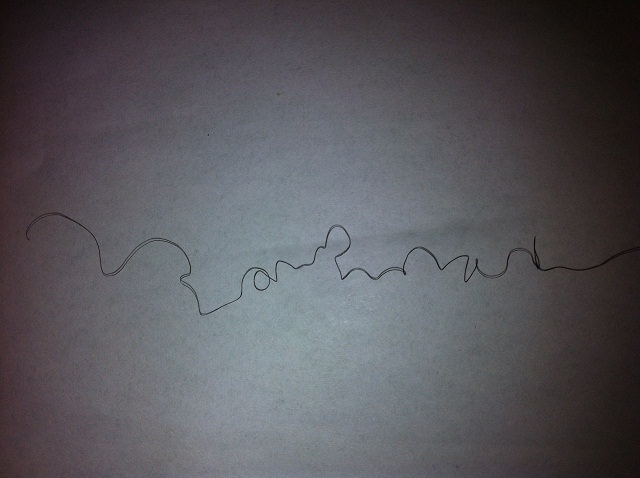
Now looking closer, here is a curl under the microscope, nothing you haven’t seen before
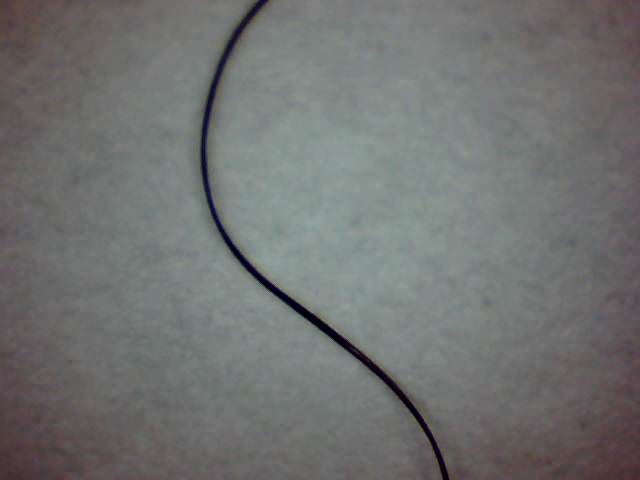
Looking closer still you begin to see the kinks
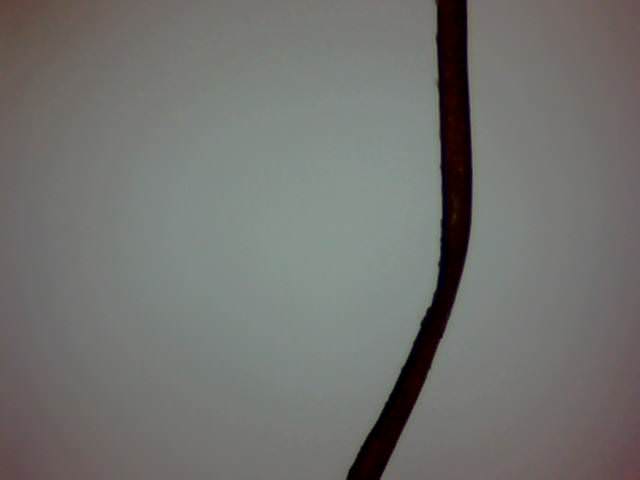
So what’s the difference? A curl is when the hair bends and changes direction as it grows. A kink on the other hand is a torsion twist where the hair strand itself twists on it’s axis. A picture is worth a thousand words so here’s a clearer 2d image of what a kink is compared to a curl and how they come together to form kinky curly hair.
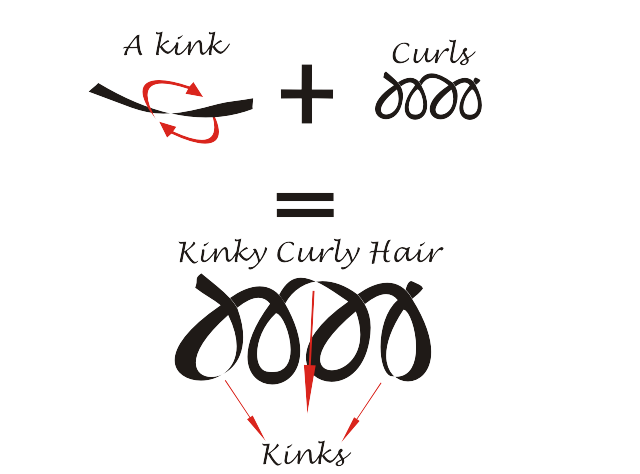
4a and 4b hair will have plenty of kinks and curls, the only difference is that in 4 a hair you will have many strands curling in the same direction so the curls will tend to clump together making them visible to the naked eye. In 4b hair there is very little clumping as strands are not curling in the same direction so what you see is a ‘cloud’ of kinky hair.
With looser textures like 3a or 3b and some 3c’s there will be plenty of coily curls without a great deal of kink.
The interesting thing that I found (and I checked samples from 3 heads of hair), was that contrary to what I always thought that the point of weakness in kinky* curly hair was the bend in the curl, it is actually the kinks that seem to weather faster hence break off.
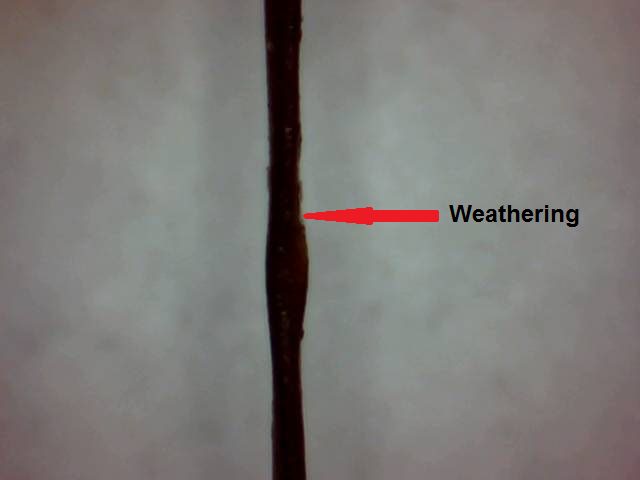
And now for a close up
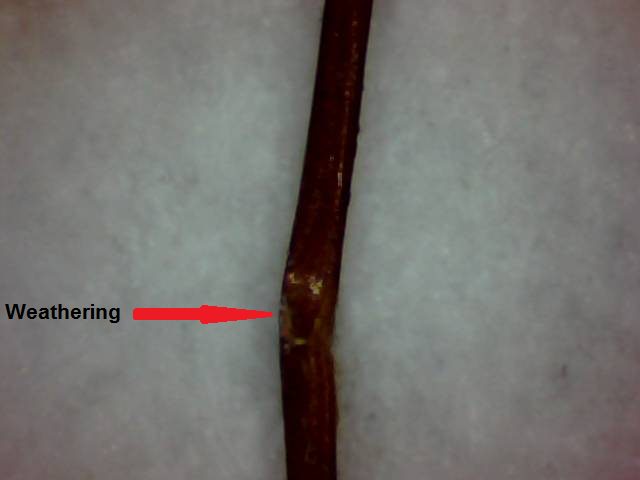
I noticed this phenomenon across all 3 samples of hair with kinks from mid shaft and further down showing signs of wear. The kinks closer to the roots were too ‘young’ so they seemed healthy.
So for those of you who think that natural hair does not require protein treatments, think again! While this is anecdotal evidence at best, it does bring home the point of why just going natural does not guarantee length.
Click here to read more articles in the Hair Under The Microscope Series
Ok I guess I hv kinky curly hair, bc my hair is just like the picture. But Wat stage is my hair. Can u illustrate the stages of different hair types…
The Real Person!
What do you mean by stages? Do you mean different hair types 4a 4b etc?
Very Good Information!!!
Awesome 🙂
Yes, how do I know the #( 1,2,3,4?) and the letter ( a, b, c, d) thanks..
The Real Person!
You can have kinky curly 3c hair as well as kinky curly 4c hair, microscopically they won’t differ that much except perhaps in curl size as well as how often the kinks appear. To figure out your hair type all you need is the hair type classification chart https://blackhairinformation.com/general-articles/hair-type-classification/
Thank u Soooo much, I always wondered what type of hair I had so I can maintain it accordingly. The information was helpful, thanks again.
Good to know. I used to freak out even I would see the kinks because it looks so thin.
I have kinky curly 3c and 4a hair my hair looks just like that . Thanks for explaining through using science .